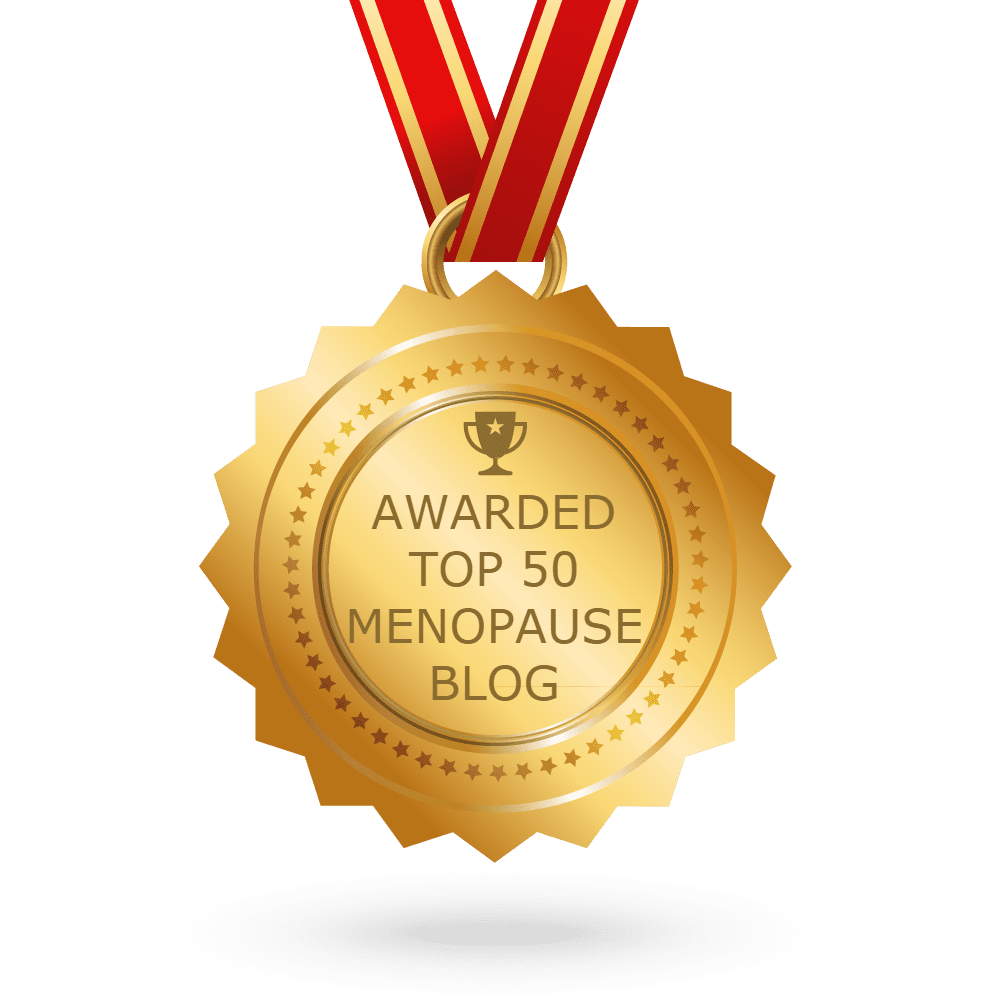Mood Swings
Symptoms in Detail
Menu
Menopause can prompt moderate to severe mood swings...
...turning a woman's emotions into a pendulum.
What causes mood swings during menopause?
Mood swings during menopause are caused largely by the hormonal transitions women go through during this time.
Hormones, such as estrogen, influence the production of serotonin, which is a mood-regulating neurotransmitter.
Additionally, other menopause signs – such as hot flushes, night sweats, physical changes, and fatigue – can cause or intensify mood swings, but these signs are generally caused by hormonal imbalance as well.
Risk factors for mood swings in menopause
While mood swings are a common sign of menopause, several factors can increase the likelihood that a woman will experience mood swings during menopause. These factors include;
Psychological factors
- past mental illness
- stress
- past trauma
- relationship issues
- coping with change
Behavioural factors
- smoking
- alcohol consumption
- poor diet
- inadequate exercise
- stimulant use
Health-related factors
- diabetes
- thyroid disease
- heart disease
- sleep disorders
Know the 34 symptoms of menopause
Here are all of the documented symptoms of menopause you need to look out for:
Physical Symptoms
- Incontinence
- Changes in Body Odour
- Bouts of Rapid Heart Beat
- Breast Pain
- Headaches
- Joint Pain
- Itchy Skin
- Burning Mouth Syndrome
- Electric Shock Sensation
- Digestive Problems
- Gum Problems
- Increased Tension in Muscles
- Formication - Crawly Skin
- Paresthesia - Numbness in Hands and Feet
- Osteoporosis - After Several Years
Psychological Symptoms
Share with a friend
Facebook
Twitter
LinkedIn
Email







